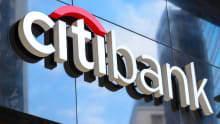How to get your culture ‘right’, before your business fails!

Culture, much like values, becomes the compass that keeps organizations steady in high and low tides
Leaders need to Step up, Energize, Connect, Serve and Stay Grounded
As one starts to appreciate the ‘Whats’ and ‘Whys’ of culture transformation, there is an equally burning need to respond to “How does one change the culture to a desired state?”
Today, all businesses are undergoing change at an unprecedented scale over multiple dimensions of speed, complexity and magnitude. Technology has become an enabler as well as a recipient in this disruptive journey. The homogenous IT services sector, with few differentiators in late 90s, today has a heterogeneous mix of Consulting, Products, Services, and new age e-commerce players.
One of our clients in the technology services has been undergoing a transformation of its own – moving away from efficiency-based linear growth model to support its customers’ business transformation. This strategy mandates an evolution of its internal capability, structure and policies & processes to enable creation of innovative solutions that meet end-customers’ business objectives. If our client does not make this shift faster than the environment externally and its competition, it will face decline and atrophy. Steering a lightning-struck sail through a storm requires foresight and courage by a leader, as well as an agile team that is willing to learn and execute quickly. Therefore the strengths of the existing culture must be leveraged while maneuvering through this precarious journey.
Culture Our compass over troubled waters
Culture, much like values, becomes the compass that keeps organizations steady in high and low tides. We adopt a 3-phase approach to set direction, build learning agility and create an execution plan for our clients as one defines its journey. This is defined below:
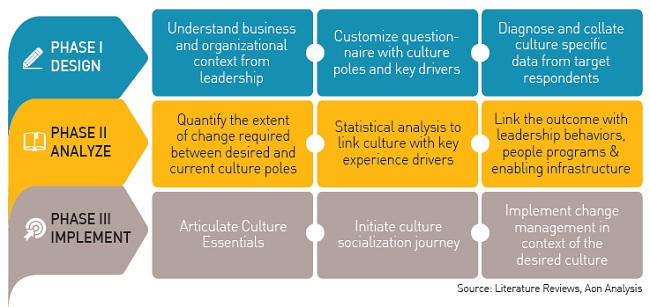
Phase I – Design
Understand current business realities and desired strategy for growth through deep immersion with leadership and key stakeholders. Culture diagnostic tool is customized around key organization drivers to measure the desired and current state (as viewed by leaders and larger ecosystem of employees)
Phase II – Analysis
Identify and link business-critical culture poles with change drivers
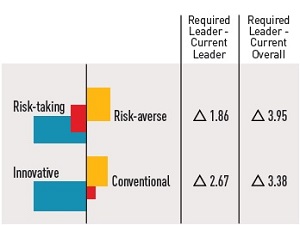
- Identify key future culture drivers: Leadership’s input is the lighthouse for key culture drivers, while the broader organization’s view on current state illustrates the required degree of change. Employees’
ratings on impact drivers and qualitative comments help leaders appreciate the reasons for the perceived distance of current culture from the desired state. - Link culture changeto key organization drivers: Critical culture traits and driver-level questions are run through a multi-variate regression analysis to identify primary drivers that impact the desired culture anchors. These are categorized into change levers i.e. Leadership Behaviors, People Programs and Enabling Infrastructure.
- Culture Articulation: One of the critical properties of culture is that it is patterned i.e. various attributes of culture walk together despite being independent. Hence, it is important to articulate Culture themes in an easy communicable language.
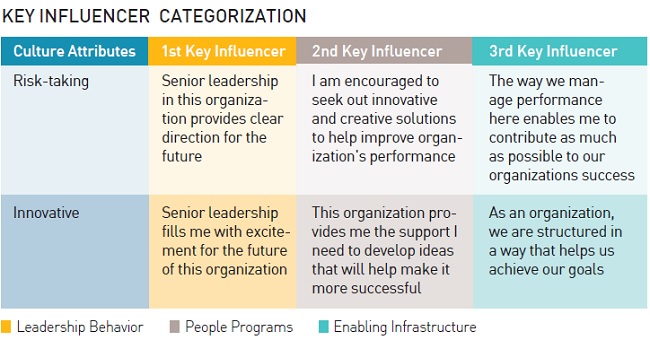
Phase III – Socialization and execution
This phase focuses on implementing and incorporating the culture essentials in the organizational DNA.
- Culture Socialization: This session introduces culture essentials to the leadership team, which post strategy validation, is communicated to the organization. These are discussed and crafted in line with organization’s strategy and designed to drive the desired leadership behaviors, people programs and organization systems.
- Implementing change: Having articulated the roadmap and critical drivers for the desired state in detail, leaders are encouraged to identify root causes for gaps and collaboratively suggest an ideal approach to bridge these. Curated by a team of culture specialists, action areas are divided into change categories and change responsibilities allocated. The process broadens leaders’ perspectives on the need for self-awareness and the impact of their own personalities on the desired culture.
a. Leadership Behavior – Aon Hewitt’s Global Employee Research database of over seven million respondents puts us in a unique position to understand leadership behaviors that drive the organization culture. As validated by data, leaders need to “Step up, Energize, Connect, Serve and Stay Grounded.” Their behaviors are shaped by their Guiding Beliefs and Critical Experiences, hence it is important that organizations engage their leaders through this journey of culture transformation and build a bench of “Engaging Leaders.”
b. Enabling Infrastructure – Organization structure, decision-making and communication processes enable or break-down an employee’s experience around the desired culture. One of the oft quoted examples of this is the feedback Sam Palmisano (erstwhile IBM CEO) received from its employees when IBM propagated its new value of “Commitment to the Customer.” Employees found internal financial controls too frustrating to serve customers quickly. Sam responded by allocating $5000 per annum (no questions asked) to individual managers in order to develop client relationships and respond to client’s urgent needs. Ritz Carlton adopted a similar policy across all levels of its employees to encourage personalized and timely guest services. Any organization desirous of institutionalizing key anchors of desired culture needs to calibrate on the similar lines and involve employees to seek relevant feedback. Our engagement tools and methodologies are deeply entrenched with culture transformation journey to gather and deliver said insights.
c. People Programs – HR plays a critical role in ensuring the local practices and people programs are aligned with the desired culture. Leaders set the direction, however the HR team needs to deep-dive on specific programs/policies that mandate change in line with the desired culture pillars. The client we referred to at the beginning of the article has initiated implementation of the required changes. Starting with organization structure, functional scorecards are being aligned, leadership competencies are being rewritten and assessment processes are being established to create an organization on the desired design.
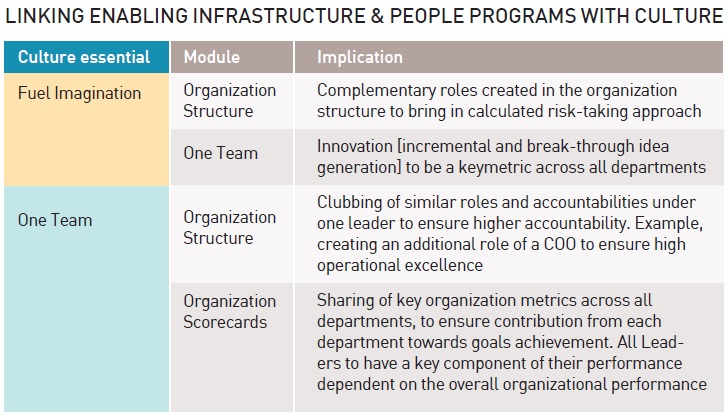
The above described journey of change across Leadership, Enabling Infrastructure and People Programs requires meticulous project management and sensitive handling of personalities. Hence, in our experience, a focused team of change champions are imperative to drive a holistic change management plan, while the leadership’s (CEO) personal commitment and time is critical to making it a success. Strong leadership is indeed a consistent differentiator to how Aon Hewitt Best Employers achieve top quartile engagement levels, deliver better business results and build the ‘right’ organization culture. Are you engaging with your leaders in this context, and helping them build an engaged organization?






